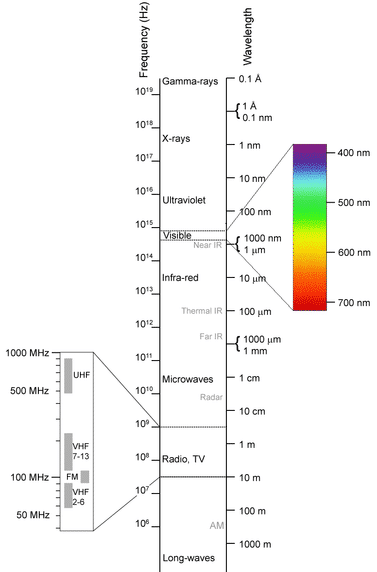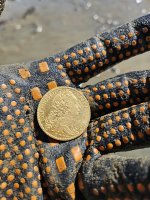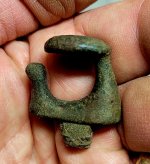Functional
Hero Member
- Feb 16, 2007
- 512
- 3
- Detector(s) used
- A Compass Magnum 420 recently brought back to life. And an untested "in the wild" Teknetics.
It just seems to be a natural thing to apply the same concept of fractal antenna design to the coil of a metal detector that they use in cellphone antenna's. I know they make multi frequency metal detectors, but I'm talking about a metal detector that can transmit multiple frequencies in a sequence, over a period of nanoseconds, using a fractal type of, (antenna), coil design.
See: http://en.wikipedia.org/wiki/Fractal_antenna
A detector based on such a design would avoid the limitations of "fixed" frequency detectors and depending on the operator's selected settings, a person could choose to go for depth and target size, rather than settle for whatever the normal detector frequency is capable of detecting. Rather than settling for either a low, or high frequency MD with depth, or target size limitations imposed by the detectors design, the user would be the one deciding what they wanted to search for and where.
Just a thought.
F.
See: http://en.wikipedia.org/wiki/Fractal_antenna
A detector based on such a design would avoid the limitations of "fixed" frequency detectors and depending on the operator's selected settings, a person could choose to go for depth and target size, rather than settle for whatever the normal detector frequency is capable of detecting. Rather than settling for either a low, or high frequency MD with depth, or target size limitations imposed by the detectors design, the user would be the one deciding what they wanted to search for and where.
Just a thought.
F.


 ......JJ
......JJ



